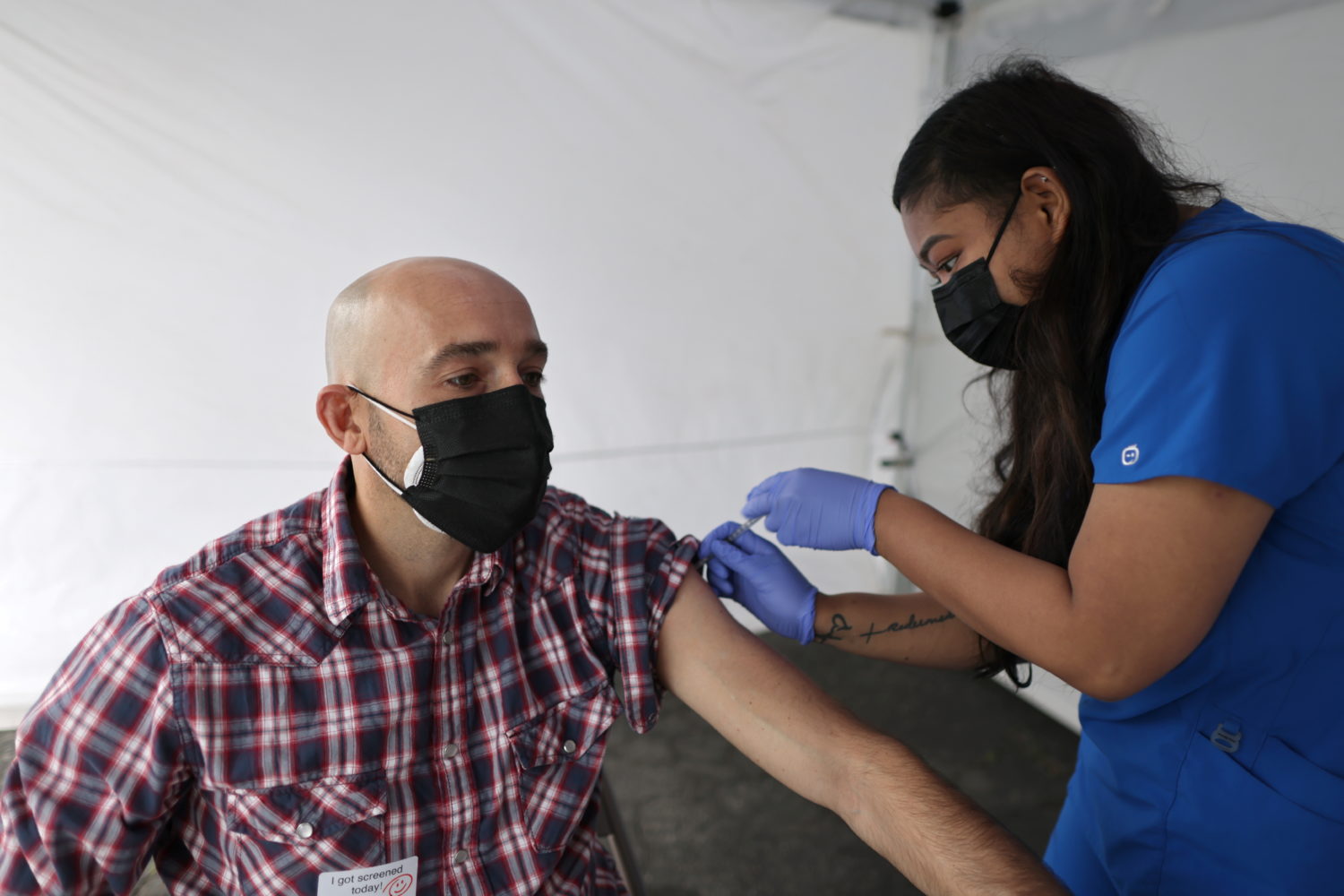
By David Shepardson and Jeff Mason
WASHINGTON (Reuters) – The U.S. Centers for Disease Control and Prevention on Friday said people who are fully vaccinated against COVID-19 can safely travel at “low risk” but still discouraged Americans from doing so because of high coronavirus cases nationwide.
The CDC’s shift in guidance should be a shot in the arm for the travel industry, which is still struggling from the dip in passengers since the onset of the pandemic in 2020.
But CDC Director Rochelle Walensky told reporters that, despite the new guidance for vaccinated people, now was not a good time to take a trip.
“We know that right now we have a surging number of cases. I would advocate against general travel overall,” she said. “We are not recommending travel at this time, especially for unvaccinated individuals.”
The CDC had held off changing its travel guidance even as vaccinations increased, irking the travel industry.
Its new guidance on Friday seemed to be an attempt to thread a needle of acknowledging that vaccines made travel significantly safer while seeking to thwart a big increase until more people have had their shots.
The new guidance greenlights vaccinated grandparents getting on airplanes to see grandchildren, for example, and says COVID-19 testing and quarantining are not necessary before or after travel as long as take precautions such as wearing masks and maintaining social distance.
A group representing major U.S. airlines including American Airlines, Delta Air lines, United Airlines Southwest Airlines and other trade groups had urged the CDC on March 22 to immediately update its guidance to say “vaccinated individuals can travel safely.” Air travel still remains down 43% from pre-COVID levels and business and international travel remain even harder hit.
Roger Dow, chief executive of the U.S. Travel Association, said the “new travel guidance is a major step in the right direction that is supported by the science and will take the brakes off the industry that has been hardest hit by the fallout of COVID by far.”
The administration is not lifting restrictions that bar most-non U.S. citizens from the United States who have recently been in China, Brazil, South Africa and most of Europe. It is also keeping requirements that nearly all international U.S. air visitors getting a negative COVID-19 test before traveling to the United States.
A U.S. official briefed on the matter said the Biden administration is beginning to have conversations about how and when it might eventually lift those travel restrictions but no change is imminent. The United States also still maintains restrictions at the Canadian and Mexican borders that bar non-essential visitors.
The CDC’s new guidance says fully vaccinated people do not need COVID-19 tests before international travel unless it is required by the international destination and vaccinated people returning from foreign travel do not need to self-quarantine after returning to the United States, unless required by state or local authorities.
The CDC had repeatedly declined in recent weeks to change the guidance and repeated it was still discouraging all non-essential travel because of a concern about new variants.
Many Americans have not been heeding the CDC’s advice.
The Transportation Security Administration screened 1.56 million people at U.S. airports on Thursday, just below Sunday’s 1.57 million, which was the highest daily total since March 2020. The last time the number of airport passengers screened was below 1 million was March 10.
The Biden administration has taken steps to reduce international travel and mandated masks in nearly all forms of public transit. The administration is not eliminating any mask rules.
The administration is sticking by its goal that all adults will be eligible for vaccines in the coming weeks. Infectious disease expert Dr. Anthony Fauci told reporters that studies showed children would be able to be vaccinated, too.
“There are studies under way in children that go from six months to 11 years. And by the end of this year we should have enough information to be able to safely vaccinate children of virtually any age,” he said.
(Reporting by David Shepardson and Jeff Mason; Additional reporting by Doina Chiacu; Editing by Chizu Nomiyama and Marguerita Choy)












